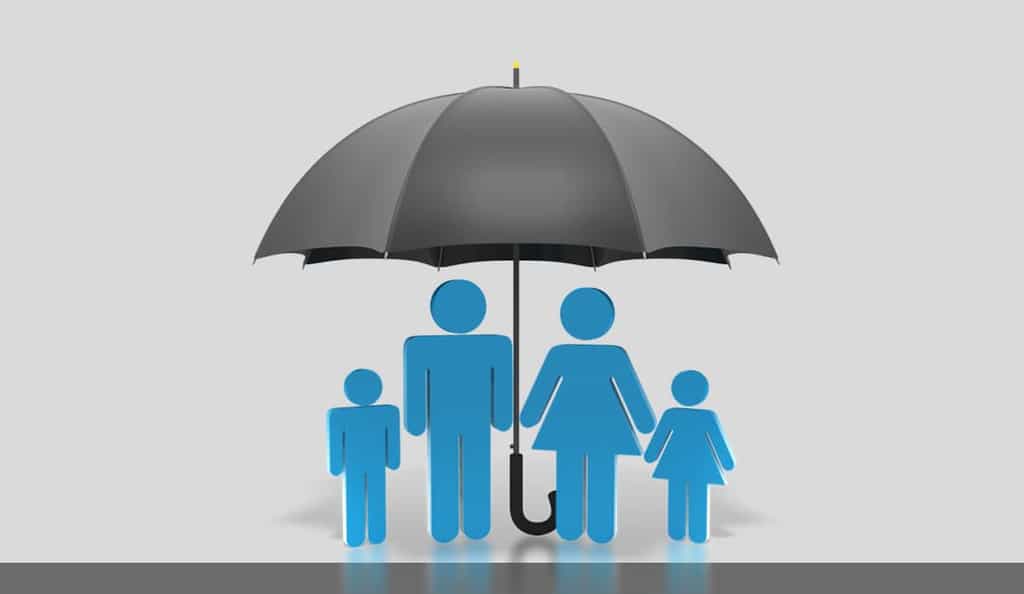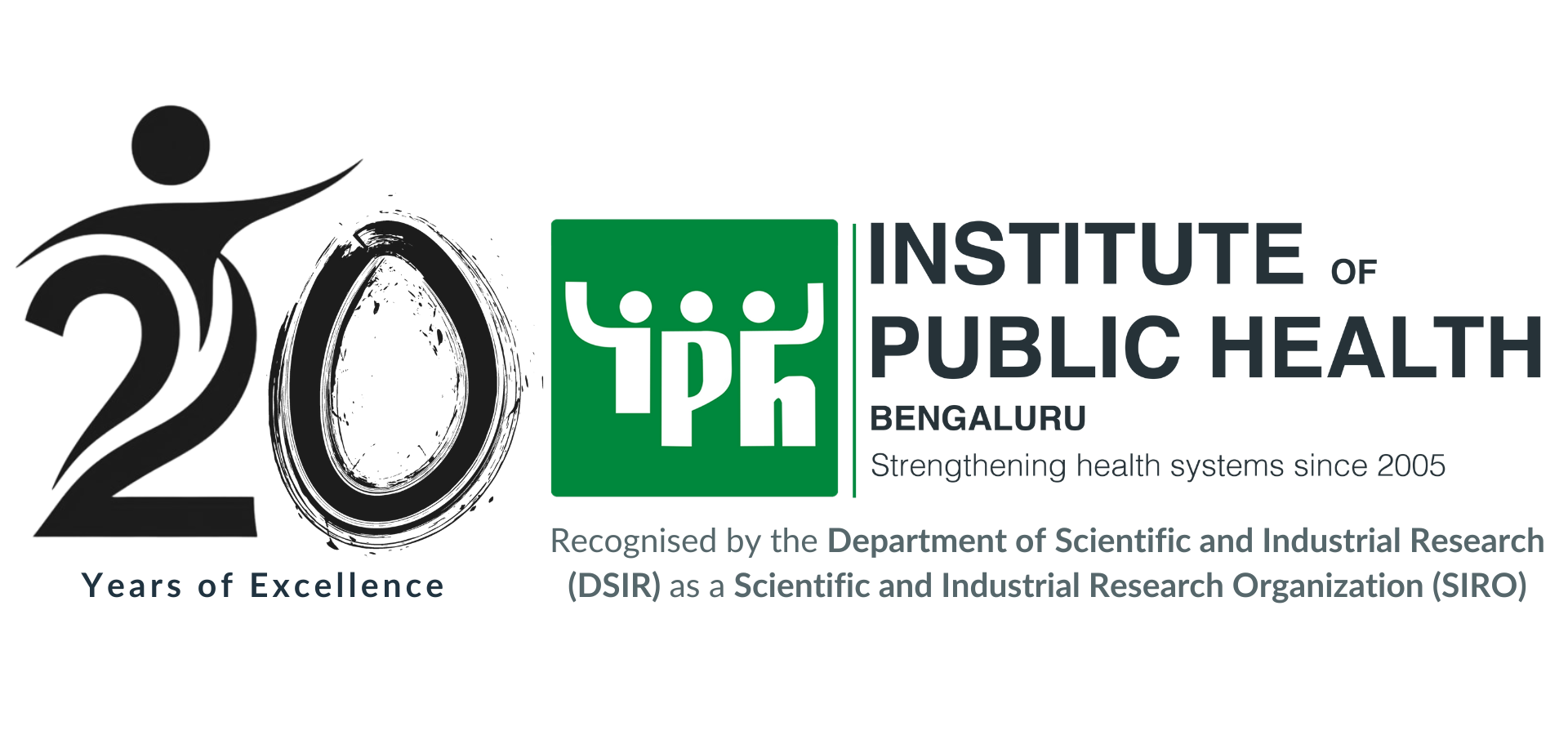Community health insurance contributes to UHC

Background
In the 1980s and 90s, health care costs were unaffordable for most Indians, especially the poor and vulnerable sections. Families were being impoverished or indebted because of medical expenses. In this context, many NGOs initiated community health insurance schemes across the country. At its peak, this movement had about 100 such schemes.
However, very little was known about these schemes, their design features, their outputs and their impact. Dr. N. Devadasan decided to investigate these aspects and worked on it from 2003 to 2008.
Objectives
The main objectives of the study were
- To describe the landscape of community health insurance in India
- To analyse the effect of community health insurance vis-à-vis enrolment, utilization and quality of care
- To analyse the effect of community health insurance vis-à-vis out of pocket payments and catastrophic health expenditure
- To make recommendations for strengthening community health insurance schemes
Methods
We used mixed methods to study the schemes. First we used a case study approach to study 10 of the existing 23 schemes in the country. Following this we selected 3 schemes, each with an unique design feature and conducted household surveys to analyse the effects of CHI. Indepth interviews with organisers as well as with patients helped us understand the strengths and weaknesses of the schemes.
Results
In India, all the schemes were initiated and implemented by NGOs and covered mainly the poor like adivasis, women in informal sector, farmers, etc. There were basically 3 types of CHI schemes, one was the provider model, wherein the hospital was the provider of care as well as the organizer and insurer of the scheme. The second was the insurer model, wherein the NGO was organizer and insurer, but purchased care from an independent provider. And finally, there was the linked model, wherein the NGO just initiated the scheme, the insurer was an insurance company and there were independent providers. In all the schemes, the providers were private sector providers – either for profit or not-for-profit.
The household surveys indicate that while CHI schemes increased access to hospital services, there was not much effect of them on quality. Also they were only partially protective against OOP expenses, mainly because most of them had a very low upper limit for the benefits. Some design features that needed to be strengthened were a) strategic purchasing, b) affordable premiums, c) higher upper limits, d) better information systems and e) more insurance education.
Discussion
CHI in India played an important role in improve access to hospital care for the poor and marginalized sections of the community. It was the predecessor of the subsequent government health insurance schemes that followed (UHIS, RSBY, etc). Lessons learnt from these schemes helped design better and stronger HI schemes in the country, both in the government and private sector.
- Community health insurance schemes & patient satisfaction – evidence from India
- Community health insurance and universal coverage: Multiple paths, many rivers to cross
- The effect of community health insurance schemes on patient satisfaction – evidence from India
- Community health insurance in Gudalur, India increases access to hospital care
- Perspectives and prospects in micro health insurance: the Indian scenario
- Indian community health insurance schemes provide partial protection against catastrophic health expenditure
- Health Financing: Protecting the Poor
- Community health insurance in India: can we learn from them?
- Community health insurance and its relevance to India
- Viability of Community Health insurance schemes
- The landscape of community health insurance in India: An overview based on 10 case studies
- Community health insurance in India: a strategy to cover the informal sector
- Insuring health of the rural poor: Lessons learnt from community health insurance schemes in India
- ACCORD Community Health Insurance: Increasing Access to Hospital Care
- Community Health Insurance in India – An overview
- Iatrogenic poverty
- Health financing by the people
This study and its outputs – especially the book on 10 case studies of CHI schemes helped influence policy considerably. Based on this book, Dr. N. Devadasan was invited to write the section on health insurance in the NRHM in 2006. Subsequently, in 2007, he was coopted into the team that initiated RSBY in the country and IPH was a witness to the launch of RSBY in Haryana and Rajasthan.
Currently IPH is recognized as a leading organization in terms of health financing in India and its faculty are on various advisory committees both at the state and national level.


